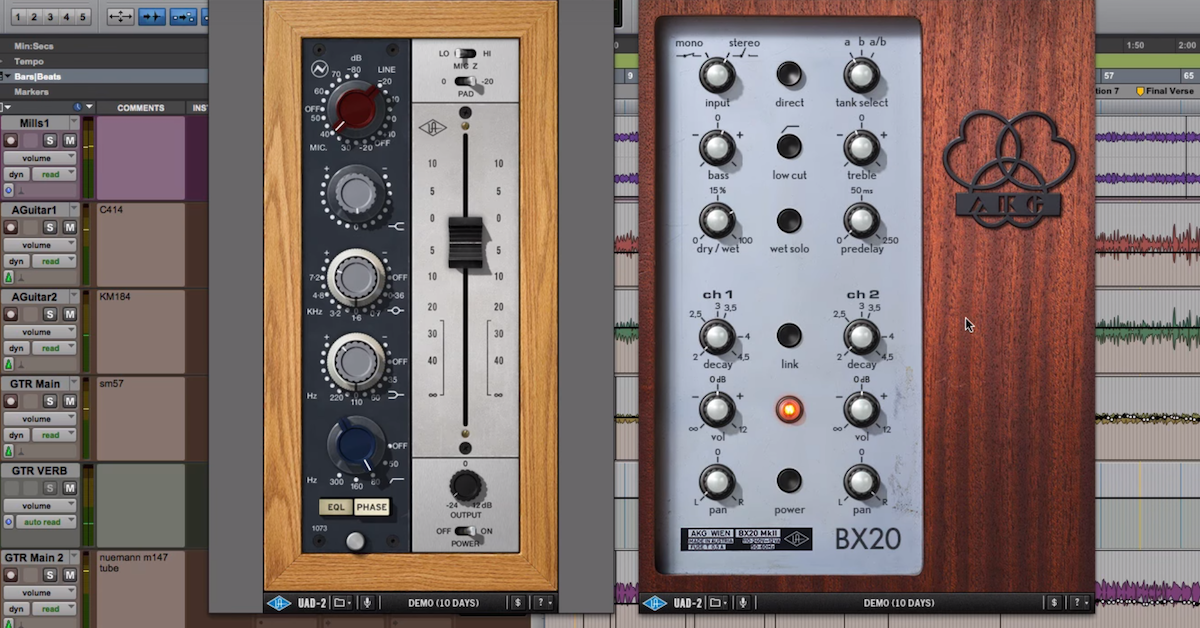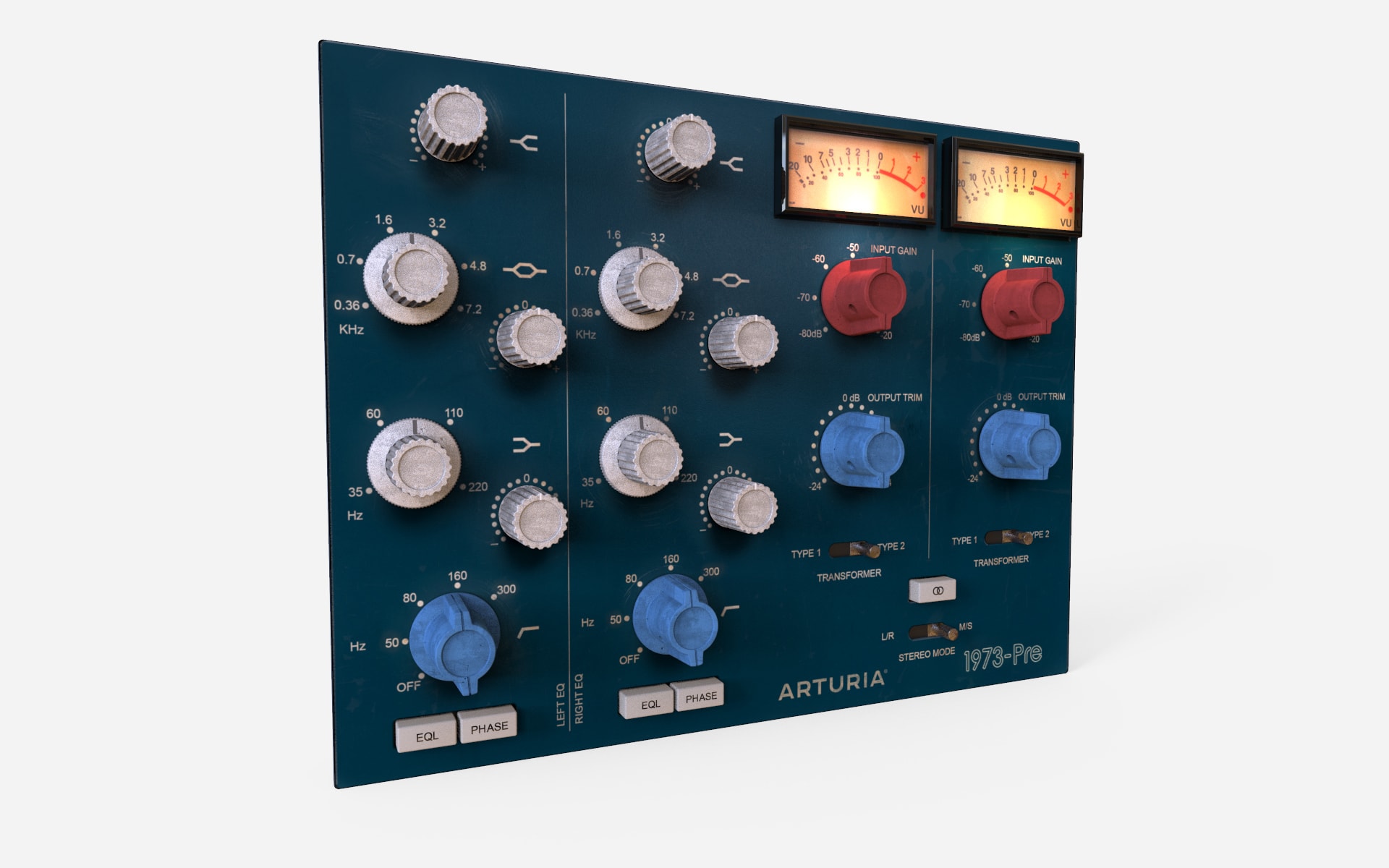

You’re not going to hear it because this record has been released, but you’ll see just the meters go.

But now, you just click auto and I’m going to hit play. So mastering chain, and then you used to have to ping to get the offset rights. So the cool thing is, you can name it whatever you want.

Now, this all stays in analog from there to my better maker to the Burl, where it returns digitally bainto to Studio One and my master in AES one and two. The port to go and so that’s master out and then it goes from there to my better maker. So the send is gonna be my master out so the way I wrote it is that it goes out of the computer into my mastering chain which is the first thing it hits is my master bus compressor here. So anyway if we come back to our pipeline, you could see here you have an input and … I’m sorry, a send and a return. I strictly do mixing and mastering so this is kinda my set up. Yours might be different depending on if you’re using mics doing more recording and stuff. So that’s how I have my IO routing set up for my set up. Anyway the Dion out, my compressor out and then the 1073 out. Basically what you do is you set up your in and outs in your audio settings which you can get to here in your audio IO and as you can see with my set up I have my master in which is basically the out of my mastering chain and then I also have a compressor here in my Neve.Īnd then in the output, I have my main output obviously going out one and two and then for why reference mixes when I AB when I’m working on a mix, the master out which is going out of this, out of the machine, I think I had that switched. Some pretty cool new meters and this whole section here. So if you check out the screen here I have the new pipeline XT if you ever used pipeline before you can see it looks pretty different.

STUDIO ONE NEVE 1073 PLUGIN HOW TO
And the cool thing is they actually just came out with Studio One 4.1 and introduced the pipeline XT so I thought it’d be a good time to show you the cool new features in that which I think they really nailed and just how to do it. Today I wanna show you how I set up my external hardware with Studio One. Make sure to check it out, and if you have any questions leave them in the comments below! In the video below I show you how to set up external hardware and use the new Pipeline XT. I use to use two other plugins to do this, so that was a total of 3 plugins on my chain taking up space! Now it’s all in one plugin with the Pipeline.


 0 kommentar(er)
0 kommentar(er)
